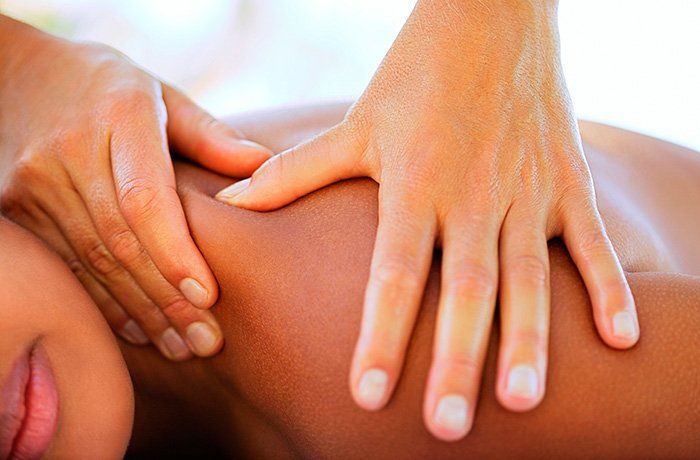As part of their “toolbox,” many adults will consider massage therapy for aches, strains and stress relief. Heavy work loads (physical or mental), sports injuries or existing medical issues can often be relieved with the help of a registered massage therapist. It often gets overlooked, however, that many children and teens can also suffer from muscle aches and strains that could be successfully treated with therapeutic massage.
If there is a child or teenager in your life who suffers from pain attributed to muscle tension or injury, you may wish to “add a tool to their toolbox” and recommend massage therapy. Chances are we can alleviate pain and relieve stress to help them get on with their busy lives. Then, as their lives progress, their toolbox is richer and more complete knowing their options include the benefits offered by RMTs.
Dealing with Sports Injuries
Most children and teenagers are involved in some form of sport or physical activity. This is encouraging, because it provides great exercise and builds an excellent framework for lifelong fitness. The reality is, however, that many sports can result in injury – whether from repetitive use or acute trauma. Massage therapy can be a positive addition to a holistic health regime, relieving muscle strains, tension and specific pains caused by injury or overuse. It can also help to increase circulation, flexibility and the function of muscles and joints in order to keep them moving.
Growth and Development
As young people grow, there can be aches and pains associated with the rapid changes in their bodies. “Growth pains” should not be dismissed lightly - it is not “all in their heads!” In these cases, it can be helpful to add massage to their health care routine to relax strained muscles and ease adjustments as they grow.
Some children reaching adolescence discover the onset of developmental issues such as scoliosis or Osgood Schlatter disease. While manageable as a medical concern, these disorders can often cause pain and discomfort in knees, hips, joints and the supporting muscular systems due to new and uncomfortable movement patterns. Massage therapy can bring welcome relief to those who may suffer from significant discomfort.
Stress and Anxiety
Massage therapy is a common treatment for stress and anxiety for people of all ages. Students of any age can benefit by having an RMT help with relaxation, stress management and an overall sense of well-being. The benefits of massage are well known in the mental health community, and children and teenagers are perfect candidates for this non-invasive, non-medicinal approach to stress and anxiety.
For teens struggling with the mental and emotional growing pains of puberty and adolescence, massage helps relieve anxiety by producing a state of relaxation. A supportive relationship with a massage therapist who provides safe, unconditional touch can also increase their feelings of self-acceptance and self-confidence during those trying years.
Sleep Disturbances and Insomnia
Many young people experience difficulty falling asleep and staying asleep. This can be attributed to a number of different factors, including school, peer pressure, screen time, stress, family problems and hormones. Studies have shown that massage can help decrease stress and stress hormone levels, can reduce anxiety, depression and chronic pain and, in turn, can help improve sleeping habits. Your RMT can also give you techniques and exercises to use at home to help promote and maintain good sleep patterns.
Tech-Neck
When children do manage to slow down or stop, it is usually in front of some type of tablet or electronic device. This can lead to issues like “tech-neck” from constantly looking down at a device (more on tech-neck coming soon). This creates strain on the neck and spine, which can result in long term pain, headaches and poor posture. Massage therapy can help relax those strained muscles. RMTs can also educate children in correct posture when using a device, as well as postural stretches, which can assist in preventing long-term issues.
Contraindications
Now that we know massage can be beneficial for children and teenagers, is there any reason why they should not get massage therapy treatment? The only contraindications would be if they have a fever, acute or staph infection, swelling, open sores or active diabetes.
Parental Involvement
Parents are always encouraged to be present in the room with their child and to provide background and feedback on their child’s condition. Once the RMT performs an assessment (including asking the child and parent questions) and outlines a proposed form of treatment (in clear and understandable terms), it is the RMT’s obligation to ensure that the child is included in, and is comfortable with, the decision-making, and consents to treatment.





